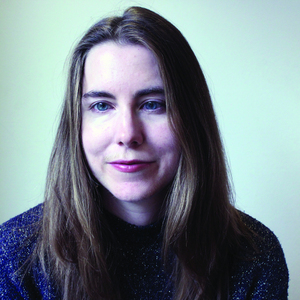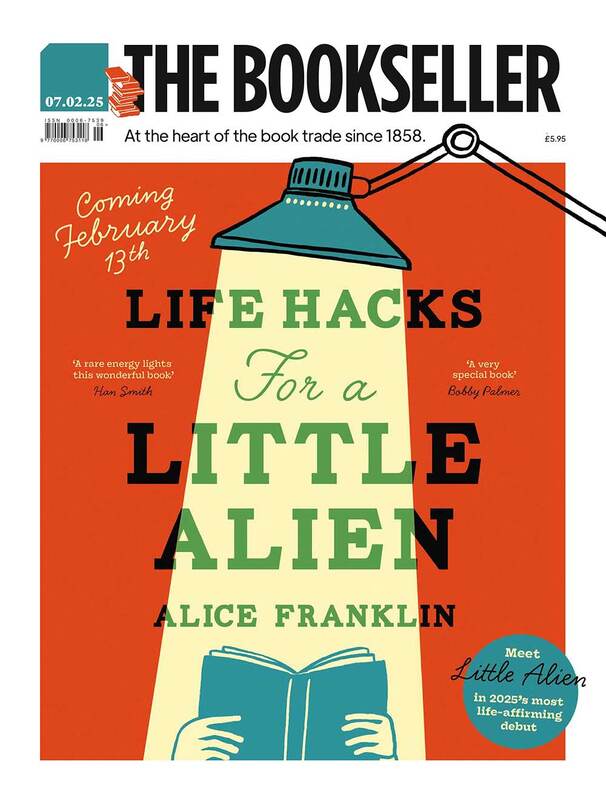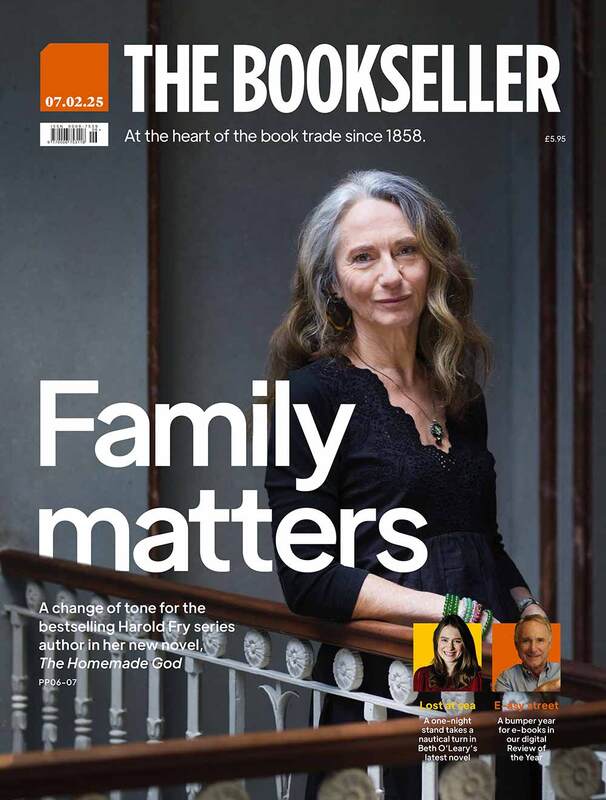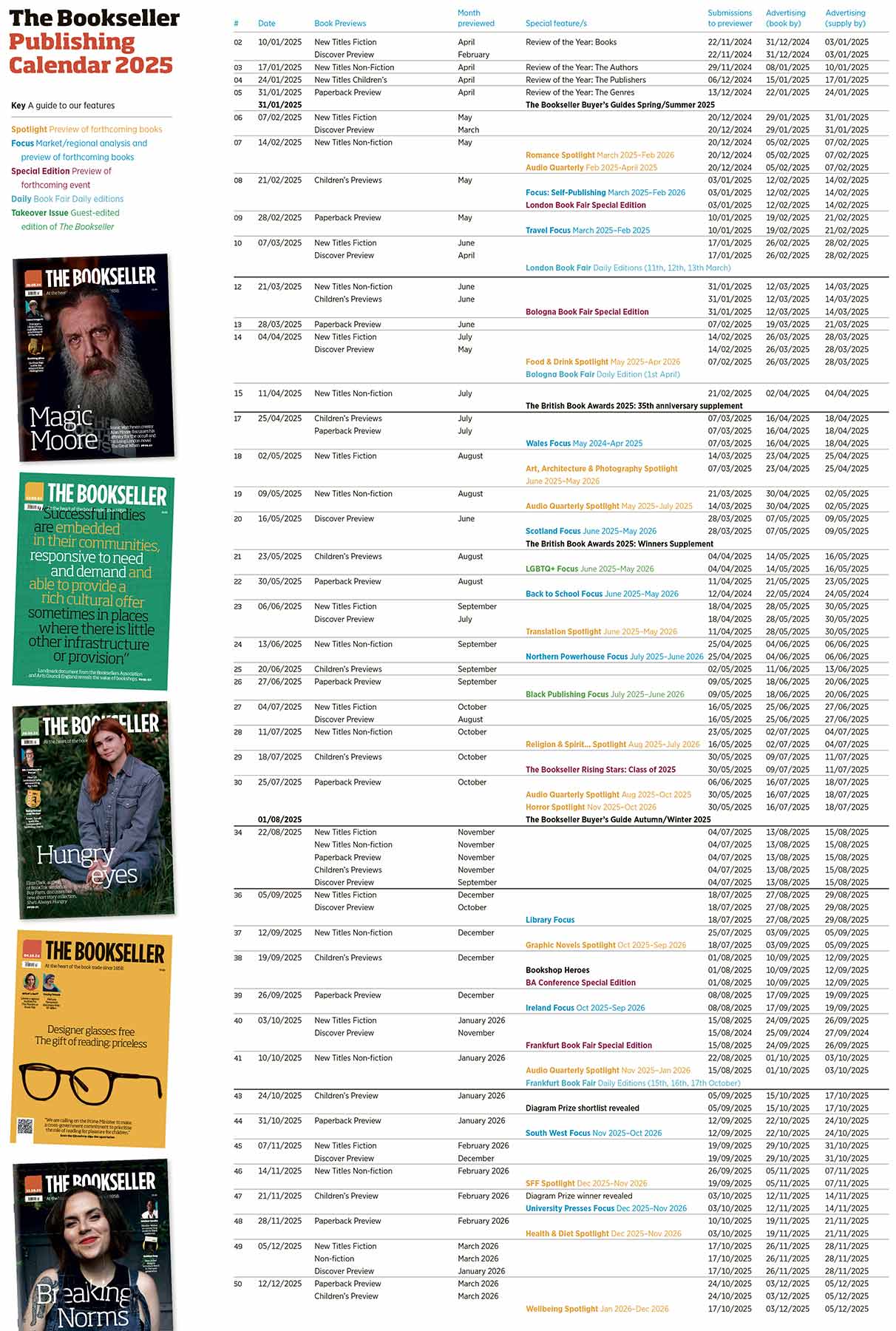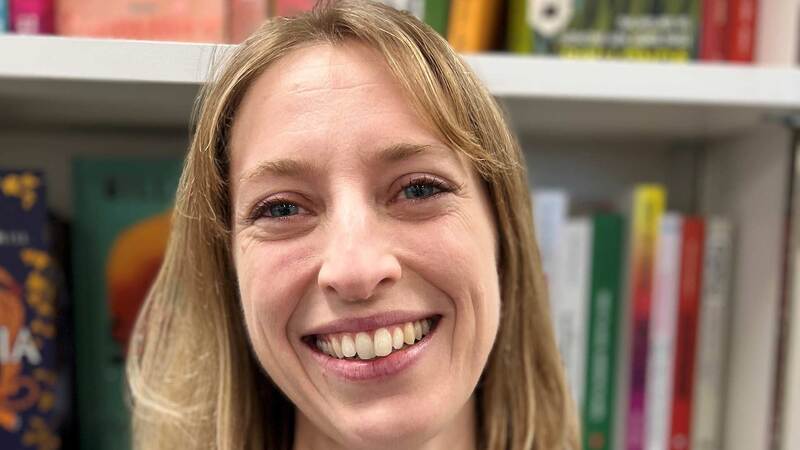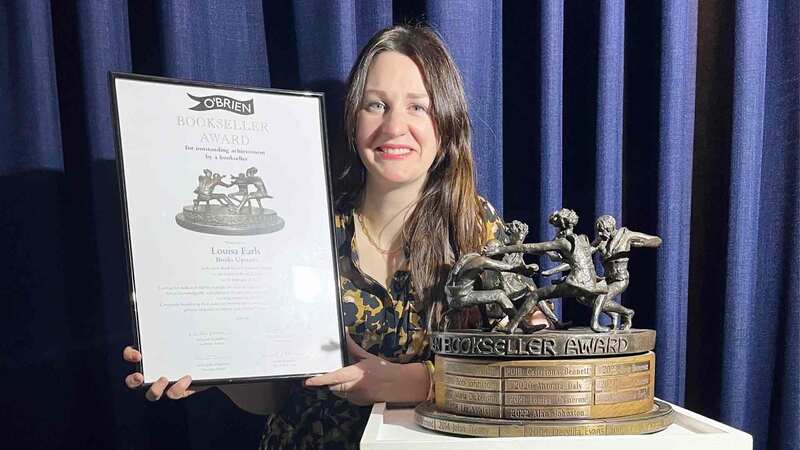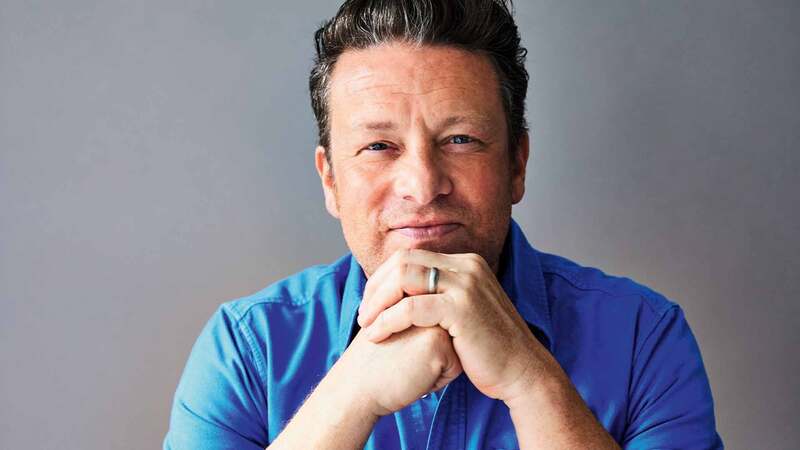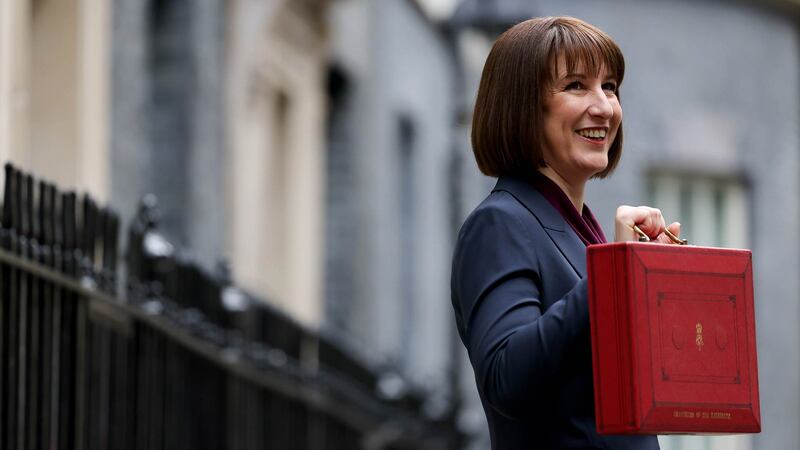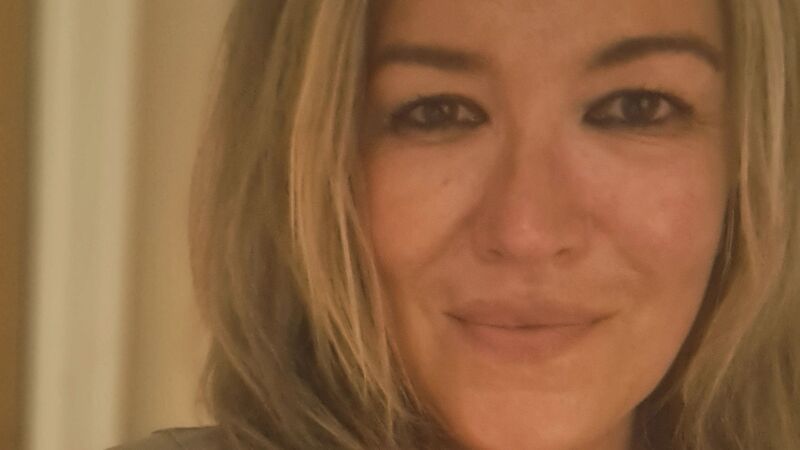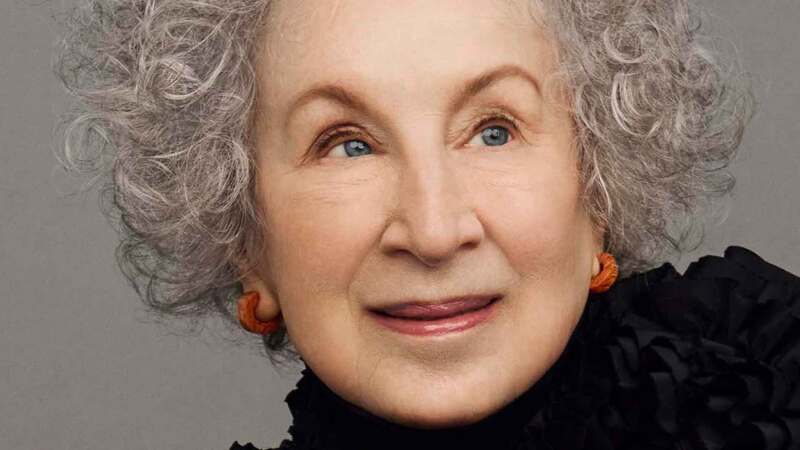You are viewing your 1 free article this month. Login to read more articles.
Staging problem books
For its big Christmas show, the National Theatre cleverly subverts the misogyny of Roald Dahl’s The Witches.
How do you solve a problem like The Witches? Roald Dahl’s 1983 novel, one of his best-known and most-read books, is arguably also one of his most problematic. Much ink has been devoted to recent attempts to make his language more palatable to contemporary readers (often overlooking that fact that editors have been doing this to Dahl’s work since publication).
But despite his misanthropy and anti-Semitism, his work forms the core of an entertainment juggernaut, with the Roald Dahl Story Company mining his entire back catalogue for all its worth (something I’ve written about previously). A Wonka prequel starring Timothee Chalamet is about to hit cinemas and a new musical based on Dahl’s The Enormous Crocodile opens at Leeds Playhouse in December with songs by Suhayla El-Bushra. We’ve even had a Henry Sugar adaptation, directed by Wes Anderson and available on Netflix.
Some of his books pose greater challenges to adapters than others, however, and high on this list is The Witches, now the basis of a new musical at the National Theatre with book and lyrics by Olivier Award-winner Lucy Kirkwood (whose plays include "The Children" and "Mosquitoes") and music and lyrics by Tony Award-nominee Dave Malloy. The production, directed by Lyndsey Turner, features a crack cast including Sally Ann Triplett, Katherine Kingsley and Daniel Rigby.
The Witches tells the story of a recently orphaned boy – called Luke in the National’s version - who is sent to live with his Norwegian grandmother, from whom he learns that witches walk among us. They regard children as hateful stench-emitting creatures and have decided to rid the world of them. Dahl’s witches are hideous. They wear wigs to cover their baldness and gloves to cover their claws. They are scabby and vicious, the epitome of evil. The text has been accused of misogyny since the 1980s, most famously by Catherine Itzin who wrote that The Witches is “a dangerous publication” for the way it re-enforces "culturally conditioned misogyny".
It’s an excellent example of how you can take a beloved book and tackle its more complicated, unpalatable aspects without diluting its spirit
The book has been adapted before. Nic Roeg’s 1990 film made an icon of Angelica Houston in the role of the Grand High Witch – she even appeared on a stamp – but the film couldn’t bring itself to let its unnamed protagonist remain a mouse, having been turned into one by the witches, as Dahl does in the book.
A 2020 version, directed by Robert Zemeckis, transplanted Dahl’s story to 1960s Alabama. It was met with middling reviews – it scores just 49% on Rotten Tomatoes – and also managed to anger the disability community for its portrayal of the Grand High Witch, leading star Anne Hathaway to issue an apology.
The National Theatre’s version is more faithful to the book in many ways, but Kirkwood cleverly frames it so that the witches are inhuman beings who have chosen to disguise themselves as middle-aged women in Boden cardigans precisely because they are seen as benign by society. They are the nurses, supermarket workers, lollipop women and dinner ladies, the “not important, not commanding/just polite and undemanding” women who we tend to ignore. Their pastel M&S ensembles are in fact cunning costumes enabling them to hide in plain sight while embarking on their wicked scheme to transform all the children of the world into mice.

On the other hand, young Luke’s cigar-smoking Norwegian grandmother, played by the brilliant Sally Ann Triplett, sports black dresses and clumpy boots and – in one perfectly executed reveal – turns out to wear a wig herself. She is loud and cantankerous and refuses to age demurely. She is, as Kirkwood and co make clear, exactly the kind of person that historically has frequently been deemed a witch.
The musical is “a potent potion: treacly dark and lip-lickingly delicious, pleasingly subversive, giddying in its wit and invention”, according to Sam Marlowe in The Stage. Alice Saville, writing in the Independent, concurs, finding it “uncompromisingly creepy, weird, witty and smart enough to scrub away the misogynistic, anti-Semitic undertones of Dahl’s story, while letting its dark heart beat stronger than ever”. Arifa Akbar, writing for the Guardian, is more muted, finding Kirkwood’s witches “more comical than abominable” and suggesting the adaptation cleans up too much of Dahl’s darkness.
Most of the critics agree that the performances are a delight, with Kingsley delivering a anti-child diatribe for the parents in the audience. It also looks wonderful with Lizzie Clachan’s pop-up picture-book set mixing Wes Anderson-esque "Grand Hotel" vibes with fairytale menace.
Perhaps most boldly, and unlike Roeg’s film, the stage show sticks to Dahl’s melancholic ending, in which the boy hero realises that in his new mouse form he’s unlikely to live much longer than his grandmother (a character inspired by Dahl’s own mother Sofie), that they will probably die together.
While the National production has a lot going for it, it’s unlikely to endure as long as the musical version of Matilda, still going strong in the West End after over a decade. The songs aren’t strong enough. But it’s an excellent example of how you can take a beloved book and tackle its more complicated, unpalatable aspects without diluting its spirit.
